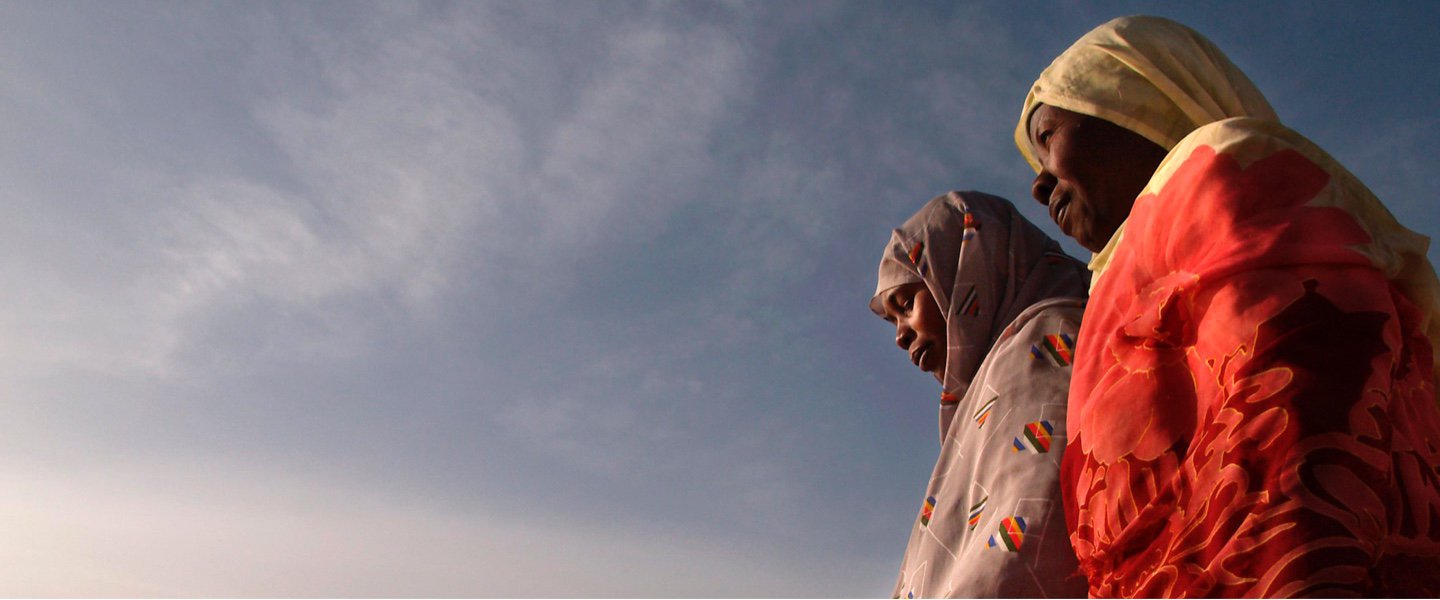IDA is uniquely positioned to quickly support countries in crisis preparedness and integrate it into broader development agendas. IDA focuses on improving preparedness for specific crises and investments that enhance readiness for different situations, such as natural hazards, pandemics, and food insecurity.
To protect people and economies from the impacts of future crises, countries must integrate crisis preparedness in core development policies, systems and institutions. Preventing crises requires a comprehensive approach to crisis risk management based on investments to reduce exposure and vulnerability, as well as coordinated contingency plans backed by financial protection instruments.
In IDA20, the WBG is stepping up its support to clients focusing on crisis preparedness as a priority cross-cutting issue. IDA’s ambitious approach to crisis preparedness is anchored by a standalone policy commitment to support all IDA countries to assess and strengthen their crisis preparedness. In addition, a series of policy commitments related to crisis preparedness are embedded across the IDA20 Special Themes.
Key Achievements
The Crisis Preparedness Gap Analysis (CPGA) was introduced in 2022 as the first cross-sectoral assessment of countries’ capacity to prepare for and manage shocks. The CPGA reviews cross-sectoral elements of preparedness such as the ability to deploy support to vulnerable households, as well as sector-specific elements such as disease surveillance capacities or disaster early warning systems. The assessment is currently being rolled out across IDA countries.
Through its Development Policy Credit with a Catastrophe Deferred Drawdown Option (Cat DDO), IDA is supporting reforms that contribute to crisis preparedness, and provide immediate liquidity to address shocks related to natural disasters and health-related events. Cat DDOs serve as early financing while funds from other sources are being mobilized. For example, when Tonga was hit by a devastating volcanic eruption and tsunami in January 2022, the Cat DDO made it possible for the World Bank to swiftly disburse an initial $8 million, funded through IDA.
As part of the regional REDISSE program in Central and West Africa, IDA has been supporting disease surveillance systems since 2016. Since then, it has helped strengthen national and regional capacity for disease surveillance and epidemic preparedness across 16 countries. As the threat of COVID-19 began to escalate, REDISSE countries were well positioned to mount an early and effective response, and the program also provided more than $200 million to strengthen their preparedness capacity.
Southern Madagascar has been hit hard by successive years of severe drought with more than one million people affected. To deal with the severe food security crisis, the World Bank approved $100 million to the Support for Resilient Livelihoods in the South of Madagascar (Mionjo) Project. This financing, which included $50 million from IDA’s Crisis Response Window Early Response Financing, is strengthening the government’s response to the drought-induced crisis, and enhancing the sustainability of food production, supporting the resilience of communities.
The $315 million West Africa regional Food Systems Resilience Program (FSRP-2) supports Chad, Ghana and Sierra Leone to increase their preparedness against food insecurity and to improve the resilience of their food systems.
Cambodia is highly vulnerable to a range of negative climate change impacts, particularly floods and droughts, and the country’s rural infrastructure is highly vulnerable to climate-disaster risks. The US$169 million Cambodia Southeast Asia Disaster Risk Management Project 2 supports the disaster and climate resilience of the rural road network and improves the capacity of the government to support road safety and climate resilience.
Last Updated: Nov 28, 2023




